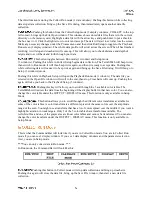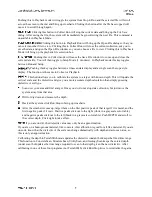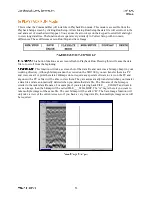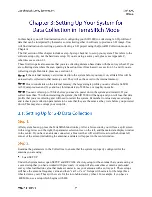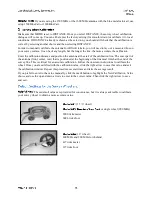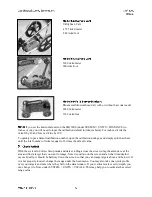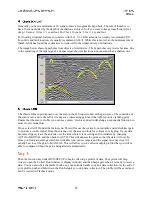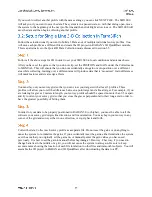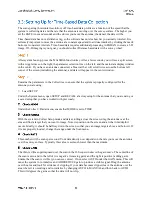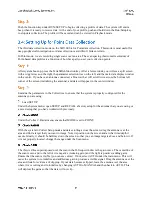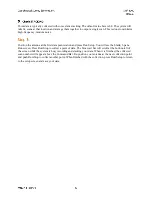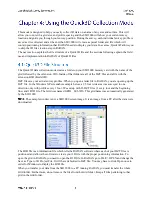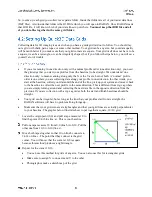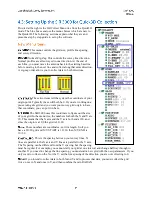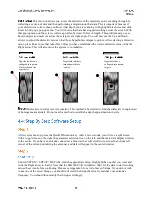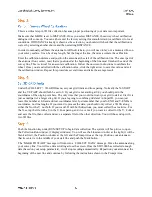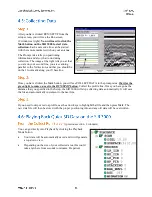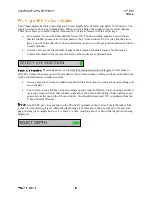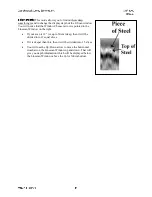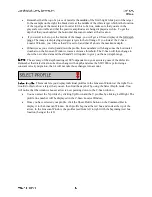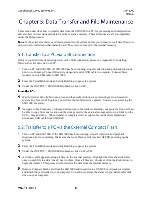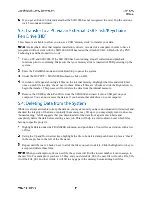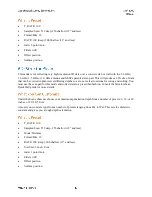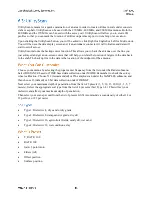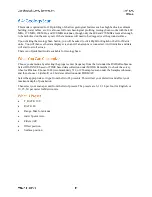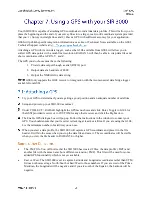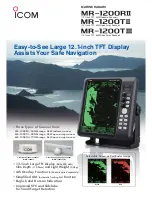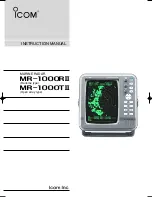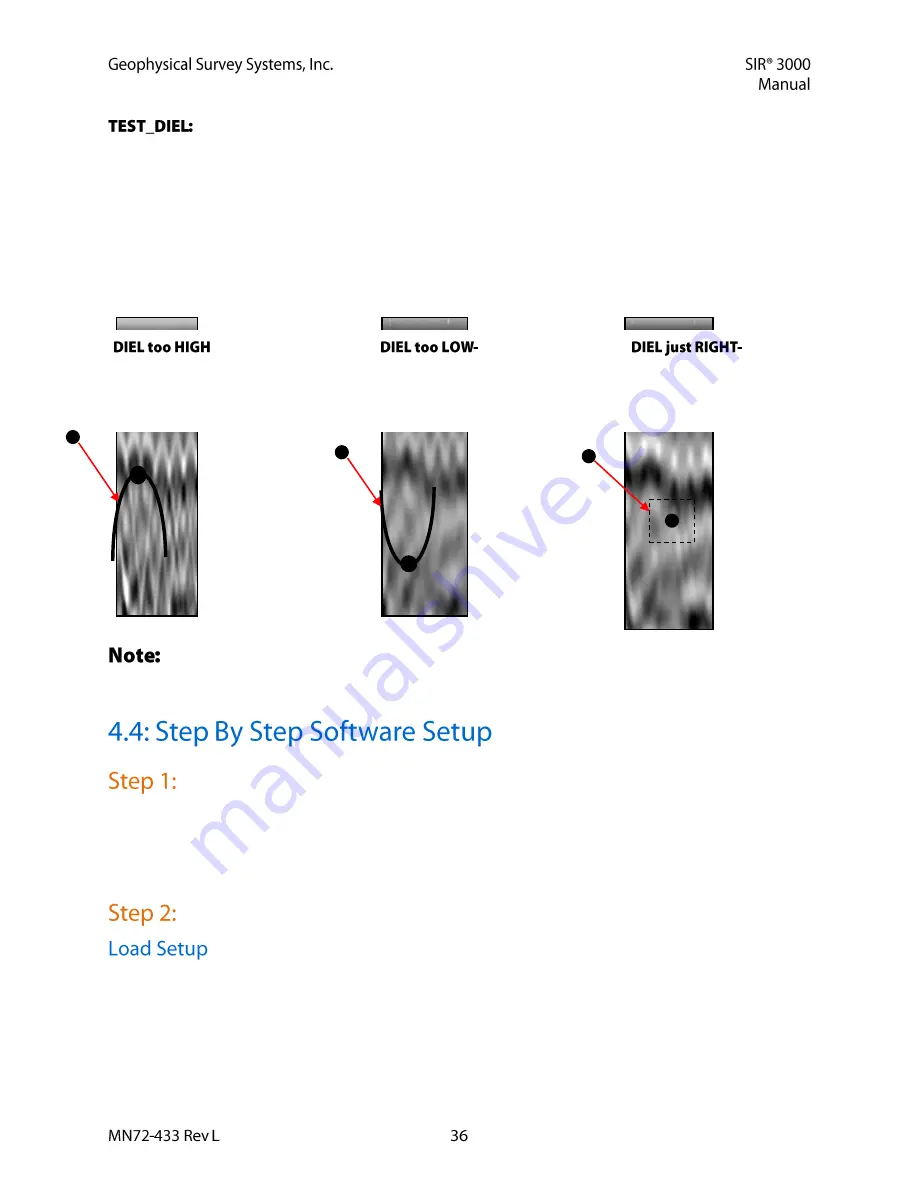
This function allows you to test the dielectric of the material you are scanning through by
collecting a section of data and then performing a migration on that data. This is important because if
your dielectric is correct, then you know what depth you are scanning to. Highlight this choice and click
Enter to bring up a pop-up menu. You will notice that data has stopped scrolling across the screen. With
that pop-up menu on the screen, collect a profile of at least 10 feet in length. This profile must go over
known targets and must cut across those targets at a right angle. You will now use the Up and Down
arrows to adjust the dielectric value so that those hyperbolas collapse to points. After selecting a dielectric
value, press Enter to see that take effect. Once you have established the correct dielectric value, click the
Right arrow. This will also cause the system to re-initialize.
Dielectrics in soils are rarely constant. This method is best suited to find the dielectric in engineered
or homogenous materials. Do not use this method to establish a depth approximation in soils.
After system boot-up, press the Quick3D function key. After a few seconds, you will see a split screen
with a wiggle trace on the right, the parameter selection tree on the left, and the main data display window
in the center. If you have an antenna connected, a blue wait bar will scroll twice across the bottom left
corner of the screen (initializing the antenna), and data will appear in the center window.
Under SYSTEM > SETUP > RECALL, find the appropriate Setup. Highlight the one that you want and
click the Right arrow to load it. Note that the SIR 3000 will reinitialize. Wait for the data to start scrolling
across the screen before continuing. Please see Appendix E for a list of saved Setups. If you do not wish
to use one of the saved Setups, you should still recall the Setup that closely matches your antenna’s
frequency. You should then modify that Setup accordingly.
Hyperbolas have not
collapsed into points.
Still are shaped like
hyperbolas.
Hyperbola tails have
turned upward into
‘smiles.’
Hyperbolas have
collapsed
into narrow
targets.

